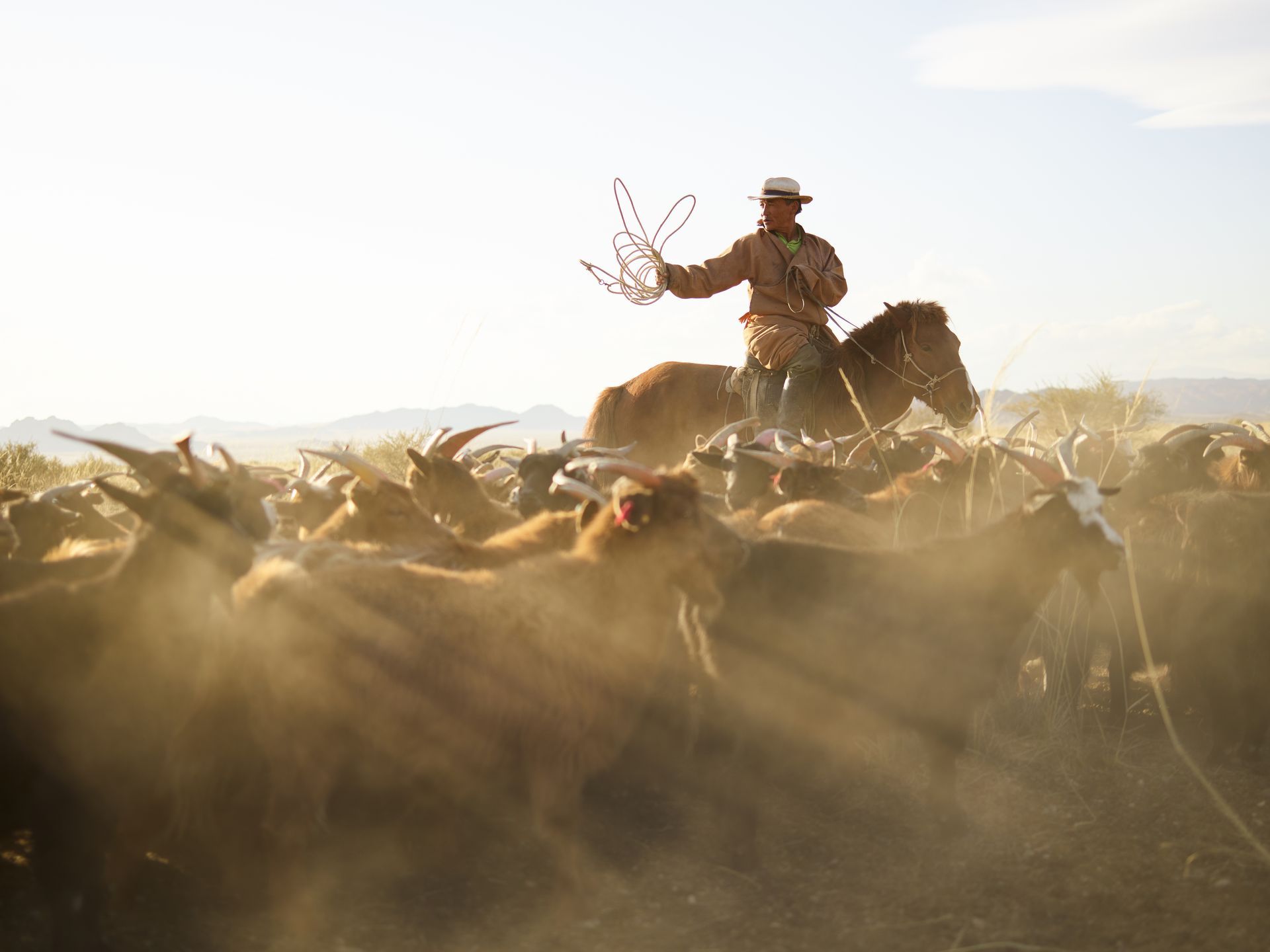Mongolia
Population: (2023 est.) 3,499,000.
Languages: Mongolian, Turkic languages, Russian, Chinese.
Religions: traditional beliefs, Buddhism.
The service sector accounts for the largest share of employment in Mongolia. The number of people employed in agriculture, which was once dominant, remains significant, but the proportion of the labour force is steadily declining. They are employed in trained positions throughout Europe.

Mongolia
Population: (2023 est.) 3,499,000.
Languages: Mongolian, Turkic languages, Russian, Chinese.
Religions: traditional beliefs, Buddhism.
The service sector accounts for the largest share of employment in Mongolia. The number of people employed in agriculture, which was once dominant, remains significant, but the proportion of the labour force is steadily declining. They are employed in trained positions throughout Europe.
What positions do they work in Europe?
Mongol labour is also employed for unskilled and skilled positions in Hungary and throughout Europe.
Unskilled
They perform excellently in unskilled positions (e.g. operator, assembler, packer, agricultural auxuliary).
Expected salary in Hungary:
net 500 €
Blue collar
In the case of skilled work, we can count on their expertise in the construction, agricultural, meat, clothing and manufacturing industries.
Expected salary in Hungary:
net 600 - 700 €
What positions do they work in Europe?
Mongol labour is also employed for unskilled and skilled positions in Hungary and throughout Europe.
Unskilled
They perform excellently in unskilled positions (e.g. operator, assembler, packer, agricultural auxuliary).
Expected salary in Hungary:
net 500 €
Blue collar
In the case of skilled work, we can count on their expertise in the construction, agricultural, meat, clothing and manufacturing industries.
Expected salary in Hungary:
net 600 - 700 €



